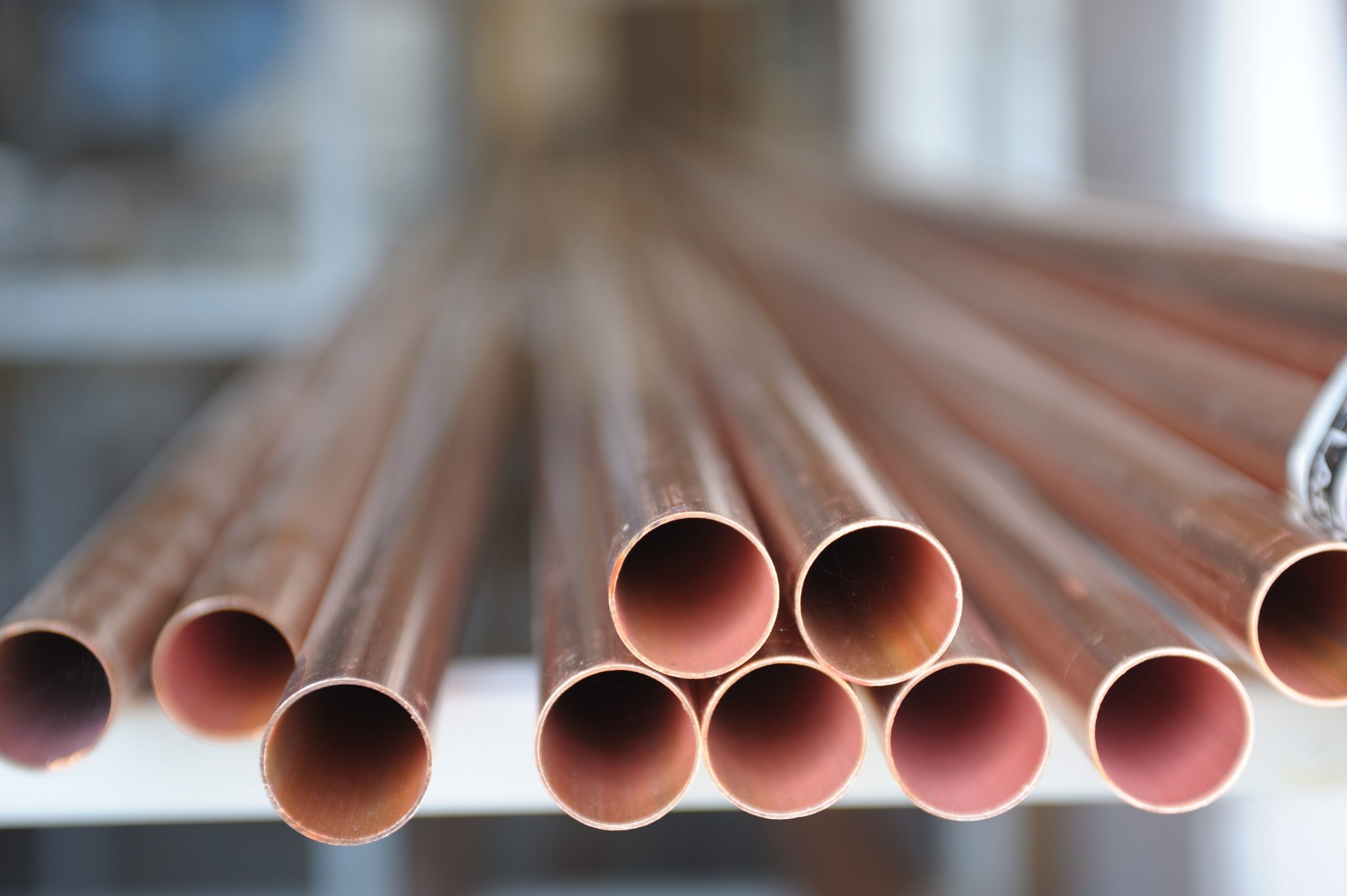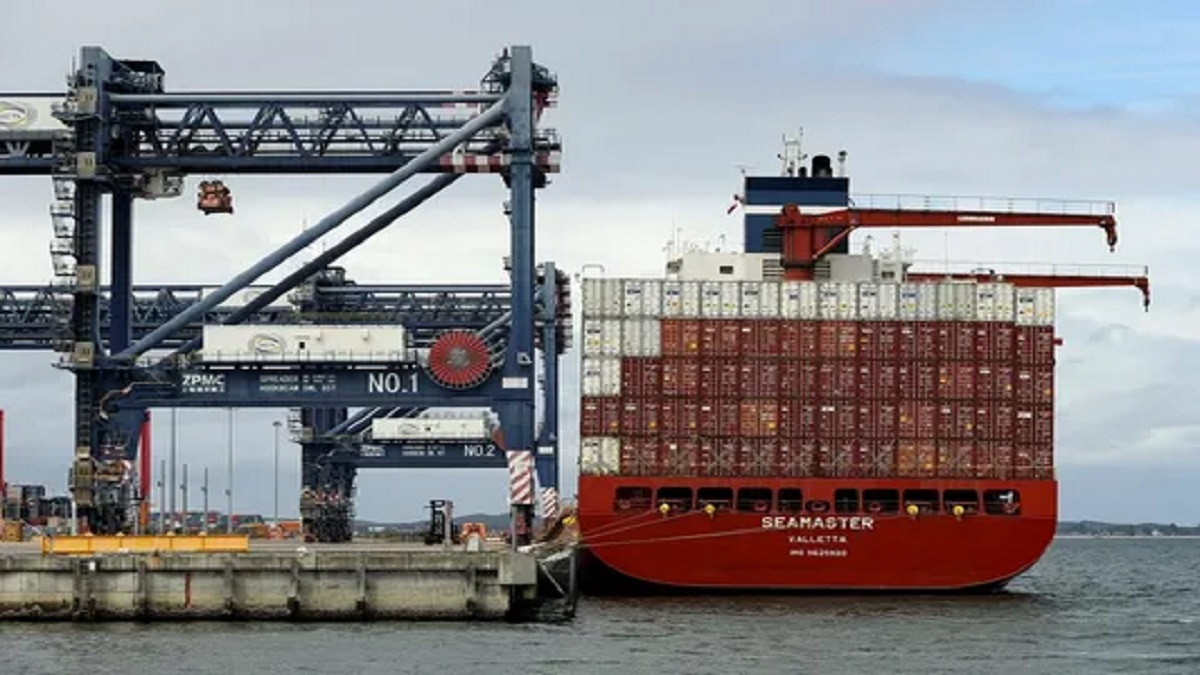Gas line installation is a crucial aspect of ensuring the safe and efficient supply of gas to homes and businesses. Whether you’re installing a new gas line or replacing an old one, it’s essential to understand the process and considerations involved. In this guide, we’ll explore the ins and outs of gas line installation, including its importance, the installation process, and safety measures.
Importance of Gas Line Installation:
Gas lines are responsible for delivering natural gas to various appliances, such as stoves, water heaters, and furnaces. Proper installation is vital to ensure the safe and efficient delivery of gas. Improper installation can lead to gas leaks, which can be hazardous and result in fires or explosions.
The Gas Line Installation Process:
- Assessment: The first step in gas line installation is to assess the location and requirements of the gas line. This involves determining the size of the gas line, the distance it needs to cover, and any obstacles that need to be addressed.
- Permitting: Before installing a gas line, you’ll need to obtain the necessary permits from your local building authority. This ensures that the installation complies with local codes and regulations.
- Installation: The installation process involves laying the gas line according to the approved plan. This may include digging trenches, installing pipes, and connecting the gas line to the main supply.
- Testing: After installation, the gas line needs to be tested for leaks. This involves pressurizing the line and using a gas detector to check for leaks. Any leaks found must be repaired before the line can be put into service.
- Inspection: Once the gas line passes the leak test, it needs to be inspected by a qualified professional to ensure that it meets all code requirements. Once the inspection is passed, the gas line can be put into service.
Safety Measures for Gas Line Installation:
- Professional Installation: Gas line installation should only be performed by a licensed professional with experience in gas line installation.
- Proper Materials: It’s essential to use the correct materials for gas line installation, including pipes, fittings, and valves approved for use with natural gas.
- Regular Maintenance: After installation, the gas line should be inspected regularly and maintained to ensure it remains in good condition and free of leaks.
- Gas Leak Detection: Install a gas leak detector in your home or business to quickly detect any leaks and take appropriate action.
In conclusion, gas line installation is a critical process that requires careful planning and execution. By understanding the importance of gas line installation, the installation process, and safety measures, you can ensure that your gas line is installed safely and efficiently.





